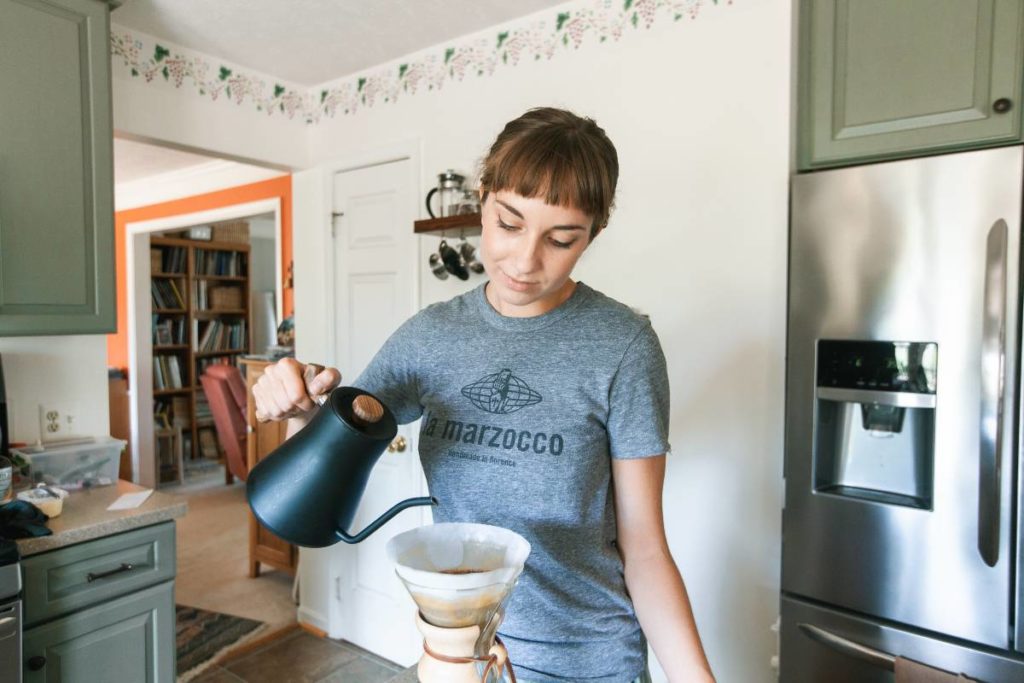Looking back on the last year of a lockdown it is easy to see changes in consumer behavior. Some are temporary, while others will be longer-lasting. Enjoying coffee at home has always been a part of many people’s daily routine. Often that is combined with visits to favorite specialty stores. But being forced to stay at home and unable to venture out and purchase coffee drinks elsewhere created a renewed emphasis on the taste and quality of coffee consumed in the kitchen.
With more time available, people began exploring all the different facets of drinking coffee. As sales of drinks by the cup from coffee shops dwindled, specialty retailers worked to figure out how best to supply the stay at home customer with coffee. Subscription services offering weekly and monthly deliveries from hundreds of different roasters flourished. Individual roasters focused on creating and selling curated selections to their customer base, and sales from grocery stores increased as people looked for ways to procure coffee and experiment with preparing their favorite drink.
Educating consumers about aspects of coffee from origin to processing to roast profiles and brewing methods has always been of vital importance in the specialty coffee industry. Informed consumers are more likely to spend their money on differentiated products, paying a premium to more mainstream offerings. Encouraging people at home to make and sample different coffees to help ascertain their preferences was a way to accomplish that.
Most consumers have a psychological price ceiling for how much they are willing to pay for a bag of coffee to make at home. During the pandemic, however, that price increased, and higher costs for bags of specialty beans was less of an impediment to purchasing unusual and more expensive coffees. Additionally, as consumers purchased fewer prepared coffee drinks from stores, they were able to justify the higher prices to make their drinks at home.
Unique origins were sourced, blends were purchased, and differing roast profiles were sampled. These different coffees also allowed for experimentation with different brewing methods. A range of brewing methods was introduced to many. Was the Ethiopian Giju suited to a French Press? Does the sweet profile of a Guatemalan Huehuetenango come through in a Chemex? Are the earthy notes of a Sumatra Gayo Peaberry best when brewed in a Bialetti? Was the tried and true drip method the one to stick with?
Being forced to change behavior and stay inside resulted in positive changes to coffee drinking habits. For many, those changes will remain. For savvy retailers, that resulted in increased sales during a difficult sales period. And as people adapt to enjoying more unusual, better, and differentiated coffees at home, that change in increased consumption looks like a longer-lasting trend.
This article was written by Michael Szyliowicz, a Paris trained chocolatier. For 35 years he has created chocolate and speciality coffee beverages for companies around the globe. He is the founder of SolaBev, a single serve beverage company and can be reached at michael@solabev.com.

